Q. 1. Viability and vigor of seed is tested by which method
- a) Ethelene
- b) Tetrazolium salt
- c) 1 % aqueous solution of trichloroacetic acid
- d) All of these
Ans : b)
Explanation : The Tetrazolium test : Tetrazolium salt stains all living tissue in the seed embryo red, thus enabling trained analysts to determine the seeds viability or otherwise. The tetrazolium test is used to give a quick estimate of germination potential. The result of a tetrazolium test will generally predict the germination test result closely, however the tetrazolium test will not detect certain types of abnormalities nor will it give any indication of disease levels, chemical damage or dormancy.
Q. 2. Famine Reserve is called?
- a) Sorghum
- b) Sesame
- c) Lucerne
- d) Millets
Ans: d)
Explanation: A famine is a widespread scarcity of food. caused by several factors including war, inflation, crop failure, population imbalance, or government policies. Famine Reserve crop Millets.
Q. 3. Which of the following types of manually operated sprayers are suitable for spraying 4 to 5 meter tall plantation ?
- a) Rocking sprayer
- b) Foot sprayer
- c) Hand compression sprayer
- d) Both a) and b)
Ans: d)
Explanation:- Rocking sprayer: Rocker sprayer are with high jet spray gun or bamboo lance the spray chemical can be delivered to a height of up to 10 m.
Foot sprayer: The foot sprayer is all purpose sprayer, suitable for both small and large scale spraying on field crops, in orchards, vegetable gardens, tea and coffee plantations, rubber estates, flower crops, nurseries etc
Hand Sprayer: A sprayer is a device used to spray a liquid, where sprayers are commonly used for projection of water, weed killers, crop performance materials, pest maintenance chemicals, as well as manufacturing and production line ingredients
Q. 4. Yellow stem borer is a serious pest of which crop?
- a) Wheat
- b) Barley
- c) Rice
- d) Millets
Ans: c)
Explanation:
Stem Borer: Stem borers can destroy rice at any stage of the plant from seedling to maturity. They feed upon tillers and causes deadhearts or drying of the central tiller, during vegetative stage; and causes whiteheads at reproductive stage.
How to manage
1. Use resistant varieties.
2. At seedbed and transplanting, handpick and destroy egg masses.
3. Raise level of irrigation water periodically to submerge the eggs deposited on the lower parts of the plant.
4. Before transplanting, cut the leaf-top to reduce carry-over of eggs from the seedbed to the field.
Q. 5. The new pig variety “Mannuthy white” has released from which institute ?
- a) Assam Agril university
- b) Kerala agril university
- c) TNAU
- d) Bidan Chandra Krishi viswavidyalaya, West Bengal
Ans: b)
Explanation:- Kerala Veterinary and Animal Sciences University’s Centre for Pig Production and Research at Mannuthy released a new crossbred pig namely Mannuthy White on 8th February 2017. Indian Council of Agricultural Research (ICAR) – All India Co-ordinated Research Project on Pigs has been functioning at Mannuthy centre since 1993 with the objective to study the performance of indigenous pigs and their crosses with Large White Yorkshire for efficiency of feed conversion, production and reproduction.
Q. 6. SPAD meter is used for checking
- a) N requirement
- b) P requirement
- c) Chlorophyll content of leaves
- d) Both a) and c)
Ans: d)
Explanation:- The SPAD-502 meter is a hand-held device that is widely used for the rapid, accurate and non-destructive measurement of leaf chlorophyll concentrations. It has been employed extensively in both research and agricultural applications, with a range of different plant species. Soil Plant Analysis Development The Soil Plant Analysis Development (SPAD) chlorophyll meter is one of the most commonly used diagnostic tools to measure crop nitrogen status.
Q. 7. Pusa HM4 Improved developed by ICAR is a hybrid variety of which crop ?
- a) Wheat
- b) Pearl Millet
- c) Maize
- d) Mustard
Ans: c)
Explanation:- Pusa HM4 improved (Maize) : It is a medium maturing QPM hybrid that possesses high tryptophan (0.91%) and lysine (3.62%) in endosperm protein. It has been released and notified in 2017 for Punjab, Haryana, Delhi, Uttarakhand (plains) and western Uttar Pradesh. Its average grain yield is 64.2 q/ha. It matures in 87 days. This biofortified variety has been developed by ICAR-IARI, New Delhi.
Q. 8. Rani is a breed of ?
- a) Pig
- b) Cow
- c) Buffalo
- d) Sheep
Ans: a)
Explanation:- “The Rani variety has been developed by cross-breeding Hampshire with the indigenous Ghungroo and will have 50% inheritance from both.
Q. 9. Which among the following state has highest area under drip irrigation ?
- a) Gujrat
- b) Maharashtra
- c) Haryana
- d) Andhra Pradesh
Ans: b)
Explanation:- At present, around 3.51akh ha area is under drip irrigation with the efforts of the Government of India, while it was only 40 ha in 1960. Maharashtra (94,000 ha), Karnataka (66,000 ha) and Tamil Nadu (55,000 ha) are some of the states where large areas have been brought under drip irrigation.
Q. 10. APEDA was established on 13th Feb. 1986, which among the following is the chairman of APEDA ?
- a) Shri Sunil kumar
- b) Deepak kumar Panwar
- c) Shri DK singh
- d) Balvinder singh Nakai
Ans: c)
Explanation:- APEDA was established on 13th Feb. 1986,Chairman of APEDA : Shri DK singh
- Agriculture Current Affair
- Agriculture MCQ
- Agriculture One Liner
- Agronomy One Liner
- Complete Study Material
- Courses
- CWC
- FCI
- Free Agriculture Mock Tests
- Free Agronomy Mock Tests
- Free Introductory Agriculture Tests
- Free Mock Test Series
- Free Study Material
- FSSAI
- IBPS AFO
- ICAR JRF
- IDBI AAO
- Introductory Agriculture MCQ
- Latest Post
- MCQ's
- Mock test
- Mock Tests
- NSC
- Online test series
- OPSC AAO
- Pre-PG
- Previous Years Papers
- Principles Of Agronomy MCQ
- Syllabus
-
Product on sale
 Topic-wise MCQ on Agricultural Marketing, Trade & Prices – Pdf DownloadOriginal price was: ₹299.00.₹49.00Current price is: ₹49.00.
Topic-wise MCQ on Agricultural Marketing, Trade & Prices – Pdf DownloadOriginal price was: ₹299.00.₹49.00Current price is: ₹49.00. -
Product on sale
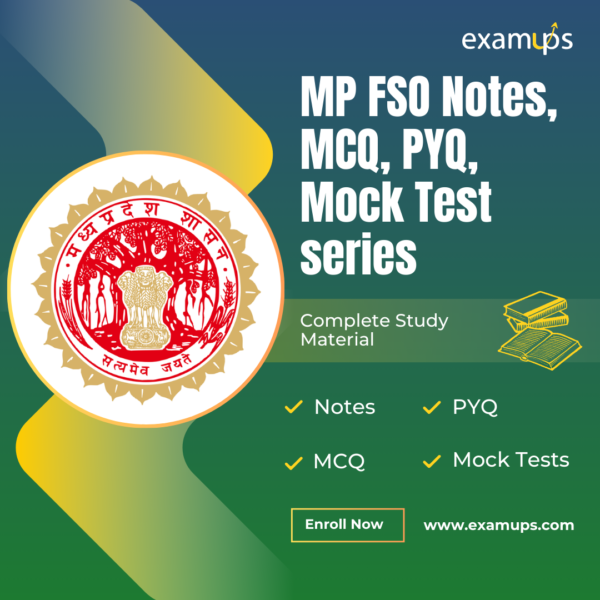 MP FSO Notes, MCQ, Mock Test series – Complete Study MaterialOriginal price was: ₹4,999.00.₹499.00Current price is: ₹499.00.
MP FSO Notes, MCQ, Mock Test series – Complete Study MaterialOriginal price was: ₹4,999.00.₹499.00Current price is: ₹499.00. -
Product on sale
 Topic-wise MCQ on Principles Of Agronomy & Agriculture Meteorology Pdf DownloadOriginal price was: ₹299.00.₹49.00Current price is: ₹49.00.
Topic-wise MCQ on Principles Of Agronomy & Agriculture Meteorology Pdf DownloadOriginal price was: ₹299.00.₹49.00Current price is: ₹49.00. -
Product on sale
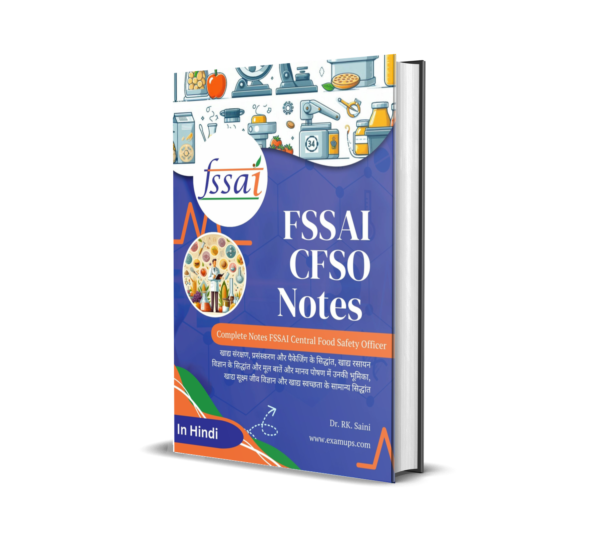 FSSAI Central Food Safety Officer Notes in Hindi PDF DownloadOriginal price was: ₹499.00.₹149.00Current price is: ₹149.00.
FSSAI Central Food Safety Officer Notes in Hindi PDF DownloadOriginal price was: ₹499.00.₹149.00Current price is: ₹149.00. -
Product on sale
 ASRB-NET Agricultural Microbiology Mock Test SeriesOriginal price was: ₹999.00.₹299.00Current price is: ₹299.00.
ASRB-NET Agricultural Microbiology Mock Test SeriesOriginal price was: ₹999.00.₹299.00Current price is: ₹299.00. -
Product on sale
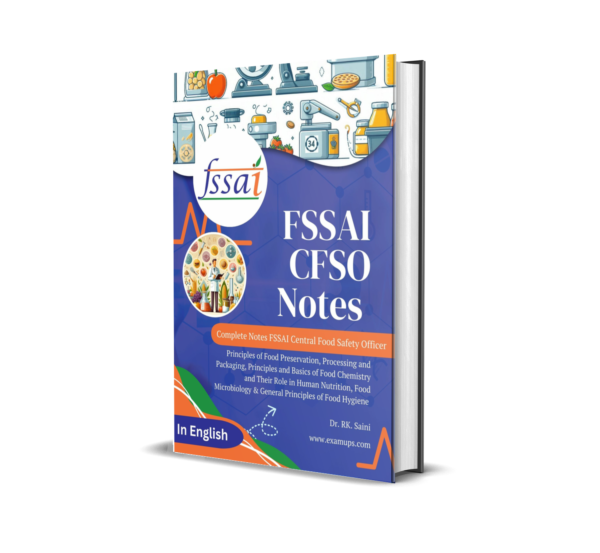 FSSAI Central Food Safety Officer Notes in English PDF DownloadOriginal price was: ₹499.00.₹149.00Current price is: ₹149.00.
FSSAI Central Food Safety Officer Notes in English PDF DownloadOriginal price was: ₹499.00.₹149.00Current price is: ₹149.00. -
Product on sale
 Topic-wise MCQ on Dimensions of Agriculture Extension – Pdf DownloadOriginal price was: ₹299.00.₹49.00Current price is: ₹49.00.
Topic-wise MCQ on Dimensions of Agriculture Extension – Pdf DownloadOriginal price was: ₹299.00.₹49.00Current price is: ₹49.00. -
Product on sale
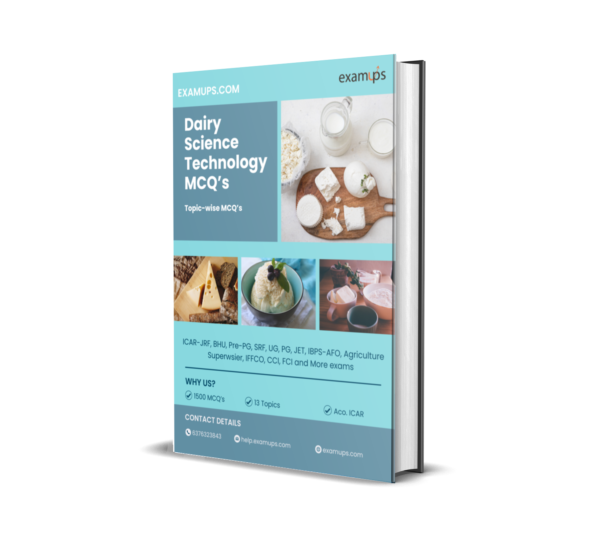 Topic-wise MCQ on Dairy Science Technology – Pdf DownloadOriginal price was: ₹299.00.₹49.00Current price is: ₹49.00.
Topic-wise MCQ on Dairy Science Technology – Pdf DownloadOriginal price was: ₹299.00.₹49.00Current price is: ₹49.00. -
Product on sale
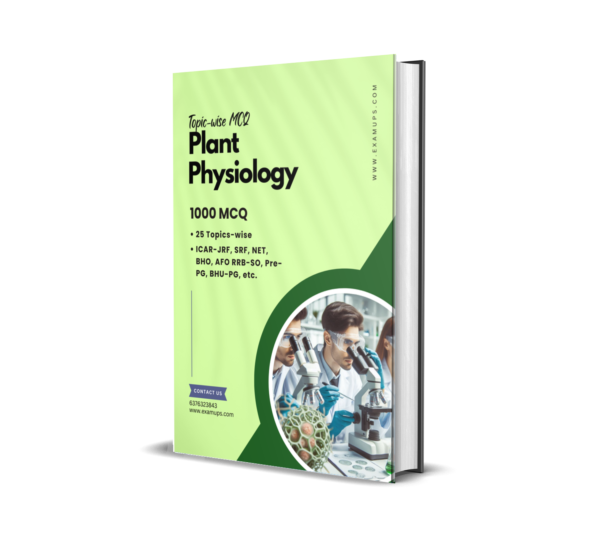 Topic-wise MCQ on Plant Physiology – Pdf DownloadOriginal price was: ₹299.00.₹49.00Current price is: ₹49.00.
Topic-wise MCQ on Plant Physiology – Pdf DownloadOriginal price was: ₹299.00.₹49.00Current price is: ₹49.00. -
Product on sale
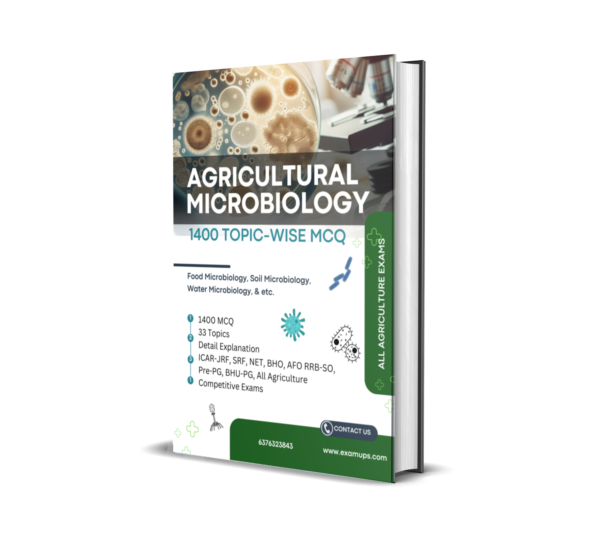 Topic-wise MCQ on Agriculture Microbiology – Pdf DownloadOriginal price was: ₹299.00.₹99.00Current price is: ₹99.00.
Topic-wise MCQ on Agriculture Microbiology – Pdf DownloadOriginal price was: ₹299.00.₹99.00Current price is: ₹99.00. -
Product on sale
 ASRB-NET Agricultural Biotechnology Mock Test SeriesOriginal price was: ₹499.00.₹299.00Current price is: ₹299.00.
ASRB-NET Agricultural Biotechnology Mock Test SeriesOriginal price was: ₹499.00.₹299.00Current price is: ₹299.00. -
Product on sale
 100,000 Agriculture MCQ, Topics, Subject & 54 PDF DownloadOriginal price was: ₹5,999.00.₹599.00Current price is: ₹599.00.
100,000 Agriculture MCQ, Topics, Subject & 54 PDF DownloadOriginal price was: ₹5,999.00.₹599.00Current price is: ₹599.00.









